50 years ago today, a very special performance was held at Berkeley University to witness the singing of the Hymn to Nikkal. It had been some time since the public last enjoyed this piece of music; more than 3,000 years to be precise. The Hymn to Nikkal is an ancient piece of Hurrian music, and the oldest annotated music sheet ever found. Dating roughly to between the 14th and 12 centuries BCE, it was discovered in the library of Ugarit, one of the world’s oldest urban settlements, now located in Syria. LISTEN to the piece… (1974)
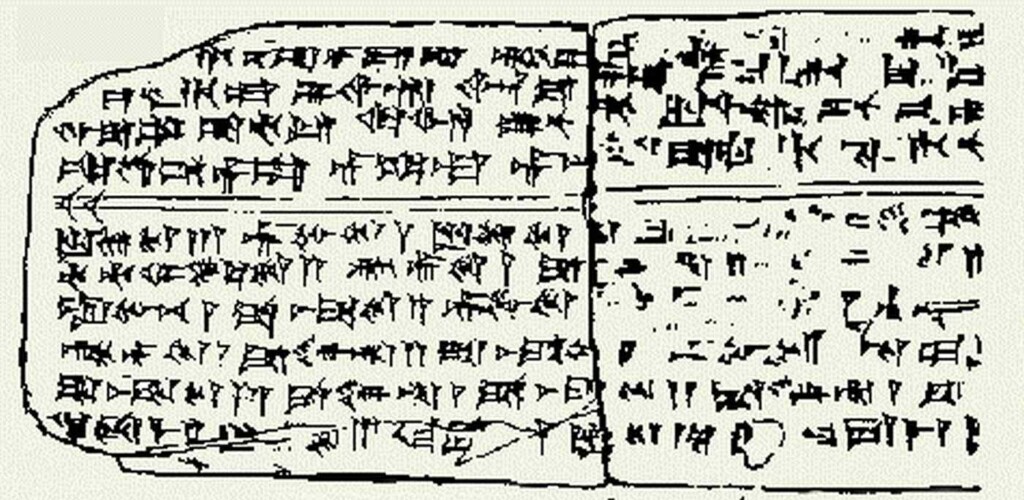
The ‘Hurrian Moonrise’ has become a famous prayer song since its discovery in the early 1950s. The archaeologists were excavating the Royal Palace at Ugarit and found that the complete song is one of about 36 such hymns in cuneiform writing, found on fragments of clay tablets. It honors the Hurrian moon goddess, Nikkalu,
The notation refers to a diatonic scale on a nine-stringed lyre, in a tuning system described on three Akkadian tablets, two from the Late Babylonian and one from the Old Babylonian period (approximately the 18th century BCE). Babylonian theory describes intervals of thirds, fourths, fifths, and sixths.
Anne Kilmer was an Assyriaologist who worked for years to study and unravel the musical concepts of the song and other pieces of music found in the library. This is a stripped-down version, as it would have been heard back in the days of Ugarit, based on Kilmer’s research. Lorna Govier plays the lyre.
MORE Good News on this Date:
- Frank Carauna of Buffalo, New York became the first to bowl two successive perfect 300 games in league play—and his 4-game total of 1115 became a record that stood for 50 years (1924)
- Elvis Presley appeared on television for the first time (1955)
- The U.S. Supreme Court upheld the right of blacks to attend any state schools, colleges, and universities (1956)
- A revival of the Voltaire classic Candide opened on Broadway, with lyrics by Stephen Sondheim and Lewis J. Stadlen stealing the show with his impish portrayal of Voltaire/Pangloss, in a theatre-in-the-round production that lasted for 740 shows (1974)
- North and South Korea met for the first time in 25 years for peace talks (1997)
- The nature documentary Planet Earth narrated by David Attenborough/Sigourney Weaver premiered on the BBC (2006)
- Three 6 Mafia became the first hip-hop artists to win an Academy Award for Best Song, and to perform at the Oscars (2006)
978 years ago today, Nasir Khusraw departed from his house on a 7-year voyage around the Islamic World. The man was a poet, philosopher, Isma’ili scholar, and one of the greatest writers in Persian literature. Born in Bactria, modern-day Tajikistan, Khusraw departed originally as part of the Hajj, but soon began to explore all of the Middle and Near East.
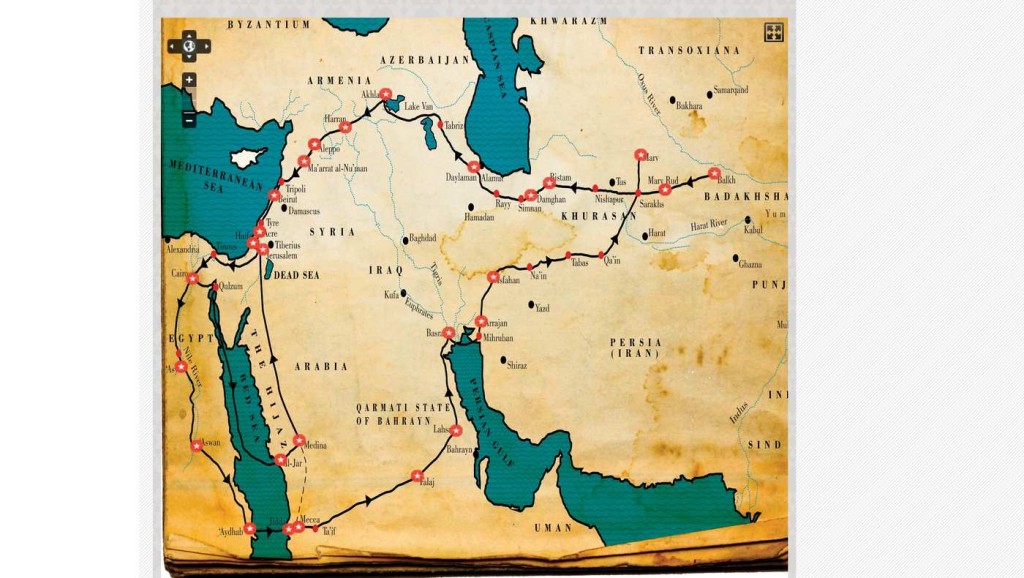
Contrasting the book Khusraw wrote on his travels, Safarnama, to the works of other great Arabic travelers such as Ibn Fadlan and Ibn Battuta, one sees the wonders of the Islamic Golden Age through the eyes of a talented writer living on its farthest, most remote frontiers.
Ibn Battuta, who traveled for more than three decades across 70,000 miles, didn’t bother including a single detail of the cities of Cairo, Mecca, Medina, Damascus, Jeddah, Alexandria, or Baghdad, with most scholars assuming that because Battuta was a learned jurist, he assumed his audience would know exactly what these cities looked like.
Safarnama is friendlier to the modern reader as it contains voluptuous descriptions of these cities, and details about colleges, caravanserais, mosques, scientists, kings, the public, the population, the area of the cities, and, of course, his interesting memories, in particular of Cairo. (1,046)
171 years ago, Steinway & Sons piano company was founded in Manhattan by German-American piano builders. Known for exceptional quality for upright, square, and grand pianos built in their Queens and Hamburg factories, they’ve also been extremely innovative, holding 139 patents for various piano technologies. Each Steinway grand consists of 12,000 individual parts and is handmade, taking a year to build. The White House’s piano is a Steinway.
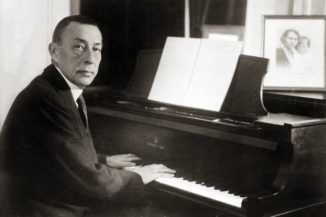
The Steinway artist program consists of musical artists who have chosen to exclusively play Steinway pianos. Each of them owns one, but Steinway was the first company to ensure that none of them receive sponsorship money to do so, signifying their choice of Steinway based on quality alone. Among these artists are George Gershwin, Sergei Rachmaninoff, Billy Joel, Lang Lang, Harry Connick Jr., and Dianna Krall; John Lennon also owned a Steinway. However the program is a very serious commitment, and in one incident, Steinway arranged to truck away a piano that an artist was scheduled to use that very night after reading a statement the pianist made that Bösendorfer was “the Rolls-Royce of pianos”.
Steinway also ceased using elephant ivory keys years before it became illegal to do so in the United States. (1853)
93 years ago today, Mahatma Gandhi and British viceroy Lord Irwin signed a political peace pact. In the Gandhi–Irwin Pact, Britain agreed to end prosecutions, release all non-violent political prisoners, permit peaceful picketing, restore confiscated properties, allow the collection of sea salt, and lift the ban over the Congress.
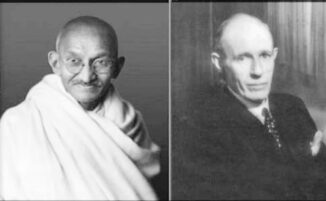
“The Two Leaders”—as Sarojini Naidu described Gandhi and Lord Irwin—had eight meetings that totaled 24 hours—and Gandhi was impressed by Irwin’s sincerity. The Gandhi–Irwin Pact marked the end of the Civil Disobedience Movement in India. (1931)
12 years ago today, an impressive scene of humanity played out on a beach in Brazil when 30 dolphins mysteriously stranded themselves on a shore one morning, and they were all saved by locals at Arraial do Cabo who worked tirelessly to drag them back into the sea. Watch here. (2012)
And, 54 years ago today, the Nuclear Non-Proliferation Treaty went into effect after ratification by 43 nations agreeing to prevent the spread of nuclear weapons. The goal was also to promote cooperation in the peaceful uses of nuclear energy, and to advance disarmament in general. It took three years for the treaty to be negotiated by a United Nations-sponsored committee made up of 18 countries: Canada, France, Great Britain, Italy, the U.S., Bulgaria, Czechoslovakia, Poland, Romania, the Soviet Union, Brazil, Burma, Ethiopia, India, Mexico, Nigeria, Sweden, the United Arab Republic.
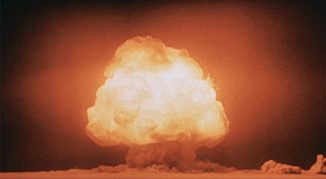
As of 2016, 191 countries have joined the treaty, with more nations embracing this treaty than any other arms limitation or disarmament agreement—a testament to the document’s significance, but with a few exceptions.
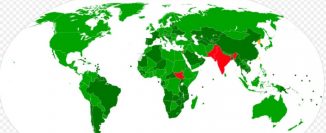
North Korea withdrew in 2003. Four UN member states have never accepted the treaty, three of which possess nuclear weapons: India, Israel, and Pakistan. South Sudan, founded in 2011, has never joined.
From the beginning, the treaty delineated five countries, which already had nuclear explosives before January 1967, as “nuclear-weapon states”—the United States, United Kingdom, France, Russia, and China. (1970)
SHARE The Milestones, Memories, and Music…






















[…] Source: Good News Network […]
[…] syndMarch 5, 2018GoodNewsGoodNews […]